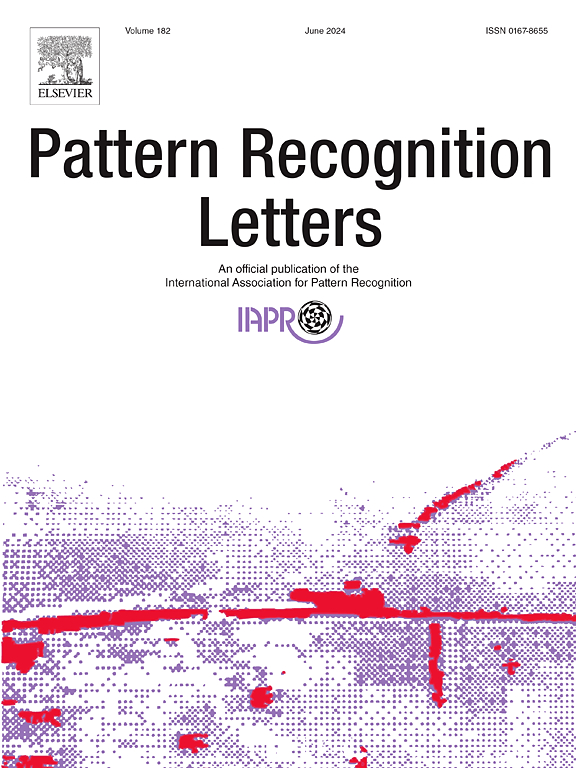A cross-feature interaction network for 3D human pose estimation
IF 3.9
3区 计算机科学
Q2 COMPUTER SCIENCE, ARTIFICIAL INTELLIGENCE
引用次数: 0
Abstract
The task of estimating 3D human poses from single monocular images is challenging because, unlike video sequences, single images can hardly provide any temporal information for the prediction. Most existing methods attempt to predict 3D poses by modeling the spatial dependencies inherent in the anatomical structure of the human skeleton, yet these methods fail to capture the complex local and global relationships that exist among various joints. To solve this problem, we propose a novel Cross-Feature Interaction Network to effectively model spatial correlations between body joints. Specifically, we exploit graph convolutional networks (GCNs) to learn the local features between neighboring joints and the self-attention structure to learn the global features among all joints. We then design a cross-feature interaction (CFI) module to facilitate cross-feature communications among the three different features, namely the local features, global features, and initial 2D pose features, aggregating them to form enhanced spatial representations of human pose. Furthermore, a novel graph-enhanced module (GraMLP) with parallel GCN and multi-layer perceptron is introduced to inject the skeletal knowledge of the human body into the final representation of 3D pose. Extensive experiments on two datasets (Human3.6M (Ionescu et al., 2013) and MPI-INF-3DHP (Mehta et al., 2017)) show the superior performance of our method in comparison to existing state-of-the-art (SOTA) models. The code and data are shared at https://github.com/JihuaPeng/CFI-3DHPE

求助全文
约1分钟内获得全文
求助全文
来源期刊

Pattern Recognition Letters
工程技术-计算机:人工智能
CiteScore
12.40
自引率
5.90%
发文量
287
审稿时长
9.1 months
期刊介绍:
Pattern Recognition Letters aims at rapid publication of concise articles of a broad interest in pattern recognition.
Subject areas include all the current fields of interest represented by the Technical Committees of the International Association of Pattern Recognition, and other developing themes involving learning and recognition.
 求助内容:
求助内容: 应助结果提醒方式:
应助结果提醒方式:


